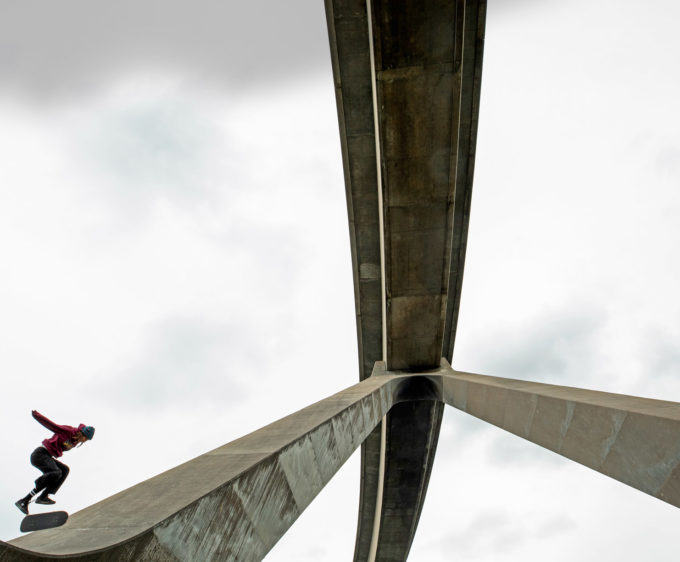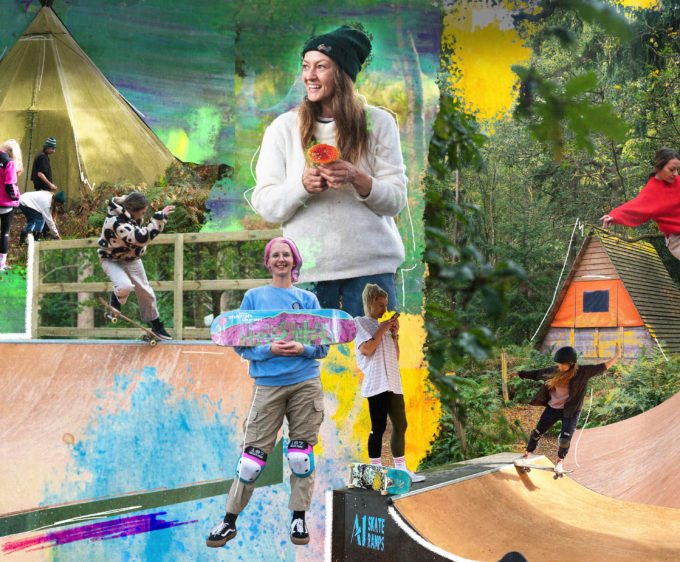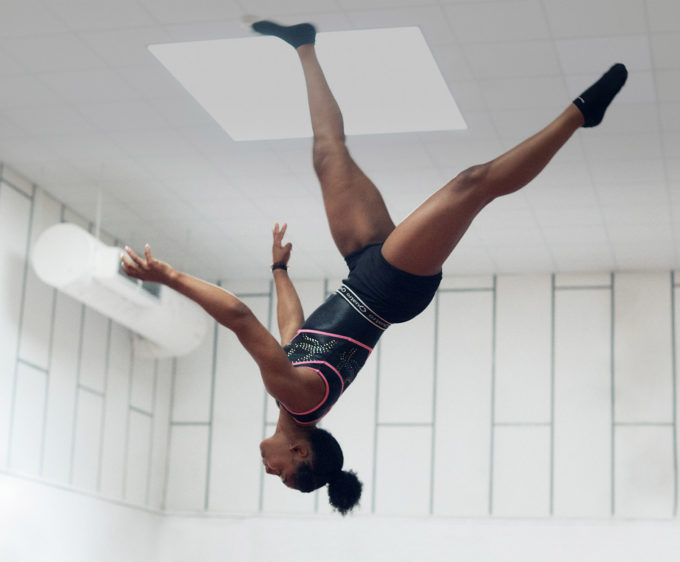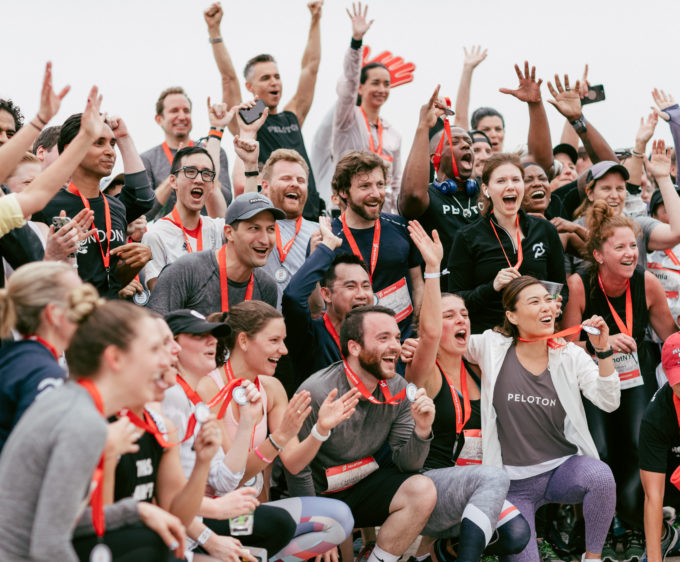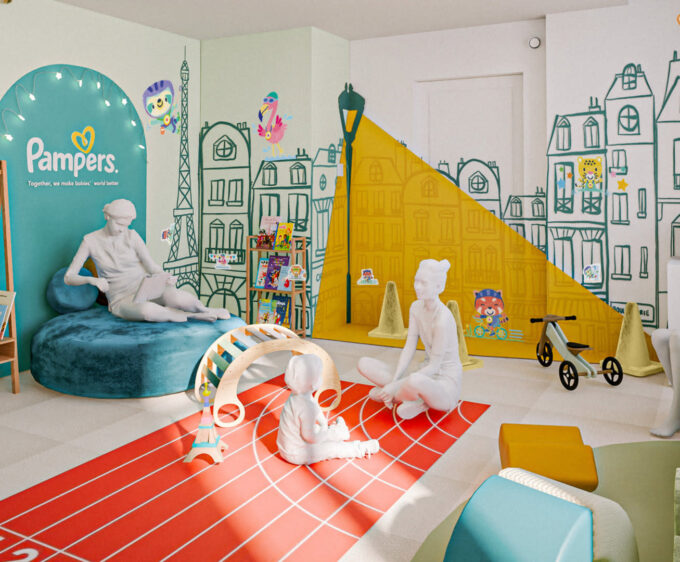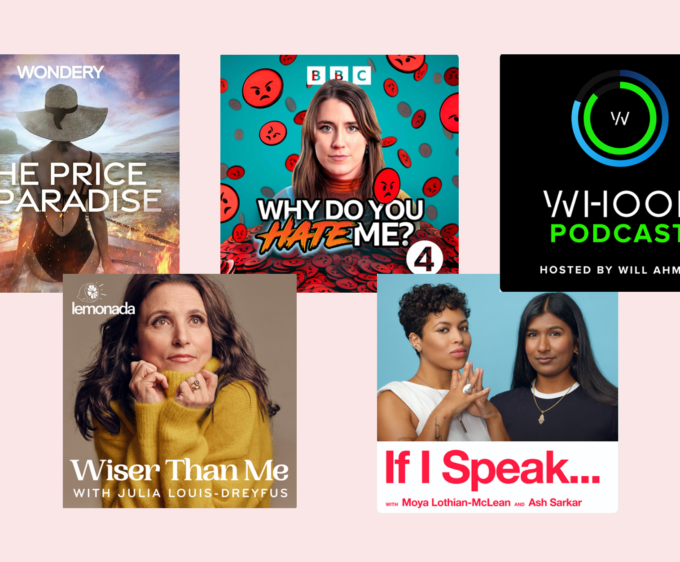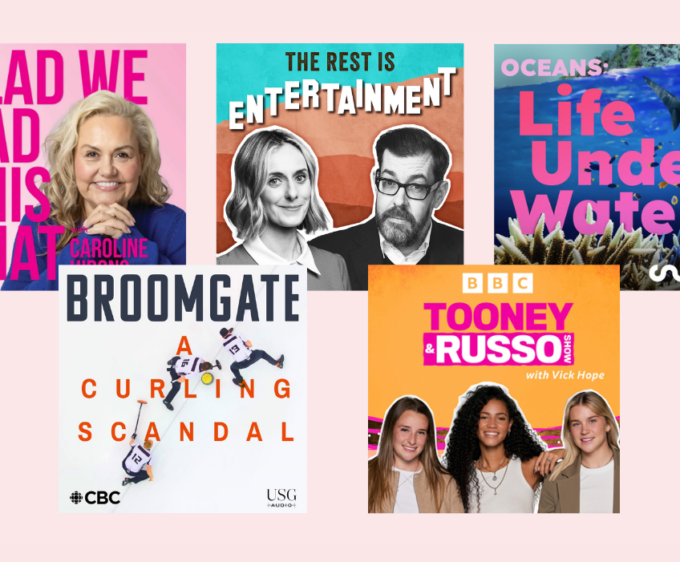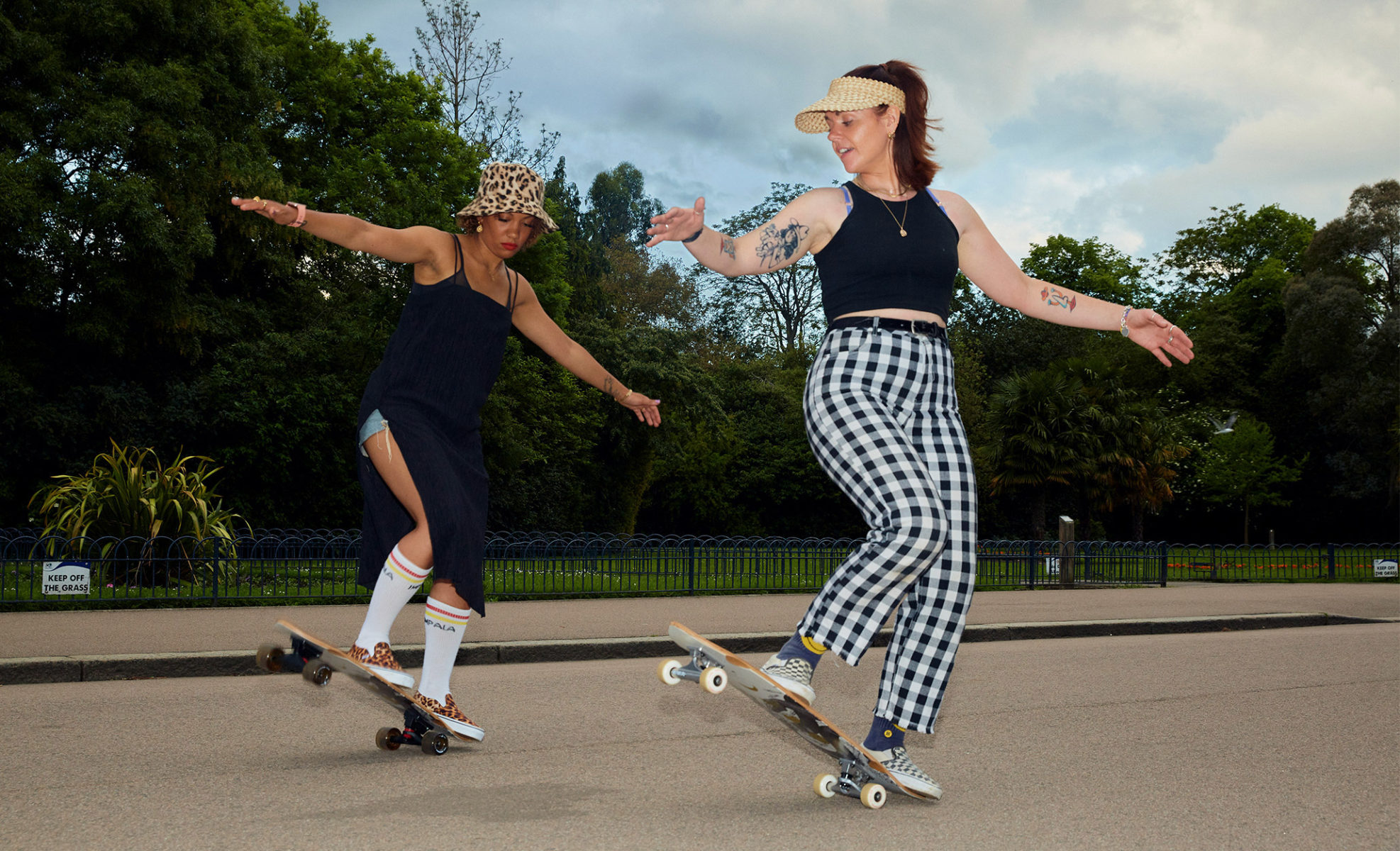
Roll With It
Lyndsay McLaren discusses her passion for skateboarding, and reveals why she wants more women to share the thrill – and the empowerment – of life on wheels
By Jessica Morgan
Photography by Andrew Goss
“Bend your knees! Squeeze your bum! Tighten your core!” You probably think I’m doing jump squats or burpees during a HIIT class in a hot, sweaty gym. But it’s a balmy Sunday evening in Victoria Park and the wind is in my hair as I glide down the path, learning how to skateboard for the first time.
There’s a common misconception that adults who are amateurs shouldn’t skateboard. That it’s an extreme sporting activity reserved only for teenage stoners, or professionals like Tony Hawk. But this isn’t true, says Lyndsay McLaren, who is on a mission to empower women through skateboarding by offering one-to-one lessons in the park, via her newly launched Neighbourhood Skate Club. “I want other women and young people to feel the same confidence I feel when I’m skating,” says the East Londoner.
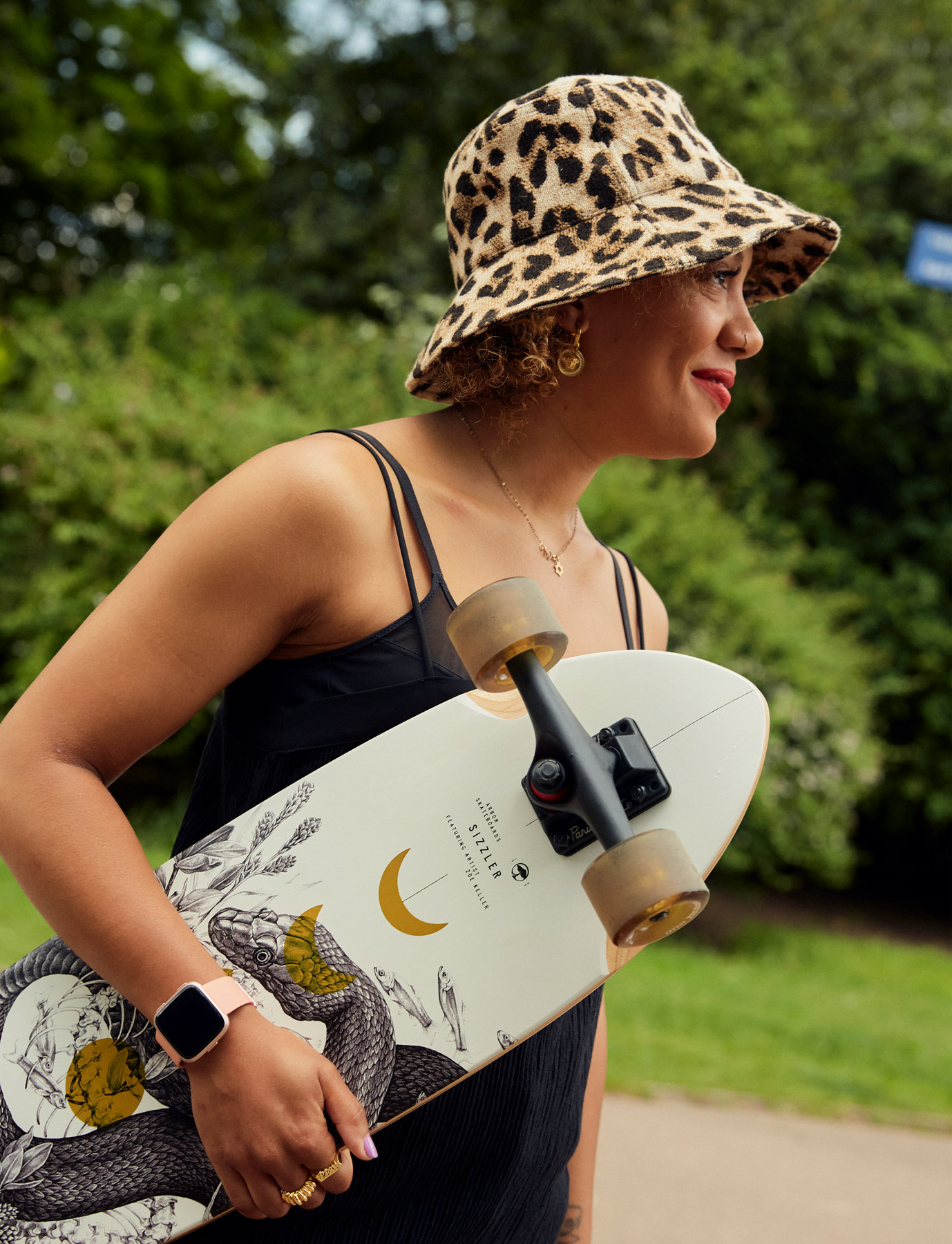
While skateboarding has been a hugely popular sport since the Tony Hawk Pro Skater game caused a boom in 1999, there has been a surge in new and re-engaged skaters jumping on boards and hitting the streets. But it’s not your “typical” young male skateboarders who are causing the spike – the biggest increases have been from women taking up the sport. “Over the past 10 years, I’ve lost count of the endless number of times women have told me, ‘I wish I could do that’, and it became clear to me how inaccessible skateboarding was, and is, for so many people outside of the industry.”
And Lyndsay knows first-hand. The 33-year-old Scottish marketing director first learned to skateboard when she moved to Miami for university, when she was 20 years old. “I learned how to push and skating quickly became my main hobby and mode of transportation,” she says. “When I moved to New York City a couple of years later, I skated everywhere. I lived in Brooklyn and worked in Manhattan, and would push there and back every day on my board, often making a detour to Central Park to meet friends and skate for hours on end. I became part of a really close community who taught me how to bomb hills, and I became addicted to the thrill of going fast on a skateboard.”

Lyndsay then gained the support and sponsorship of a few brands, who helped her travel around the USA for downhill competitions, community events, push races and meet-ups. While most people are stoked to see young girls and women learning how to skate, she often heard the phrase “good for a girl”, which left her and others feeling this never-ending pressure to prove themselves and to feel accepted within the community or as a skateboarder. “Another common theme I’ve noticed, and personally experienced, over the years is the idea that women only want to skate for aesthetic values, to seem ‘cool’ or ‘extra’ or to attract ‘skater boys’ – anything other than the simple reason of skating for fun.” And I believe her. Five minutes into my skateboarding lesson with Lyndsay, male passersby are offering unsolicited advice, with one shouting at me: “It would help if you put your feet right at the top of the board!” while another stares and lingers around like a bad smell.
“I’m so used to this,” Lyndsay says as she skates next to me. “They think we’re just skating as friends and want to correct us, unaware that I’m actually teaching people how to skate.” She adds that most male passersby can’t imagine a woman skateboarding teacher. “I get unwanted cat calls from men. Some follow me or stare at me, or think my being on a skateboard gives them an excuse to talk to me or ask for my number.”
But the reaction from the skateboarding community, which Lyndsay says feels like a big, loving family, has largely been positive. “The main reaction I have had from people from within the industry is how shocked they are to hear and see just how many women I’ve been teaching,” she says. “They seem surprised at how many women there are out there, with no experience of skateboarding and from outside our industry, who want to learn. But all I’ve tried to do is to create a welcoming, safe, encouraging and fun space for women to learn, which, hopefully, doesn’t feel intimidating or inaccessible.”

ENCOURAGING
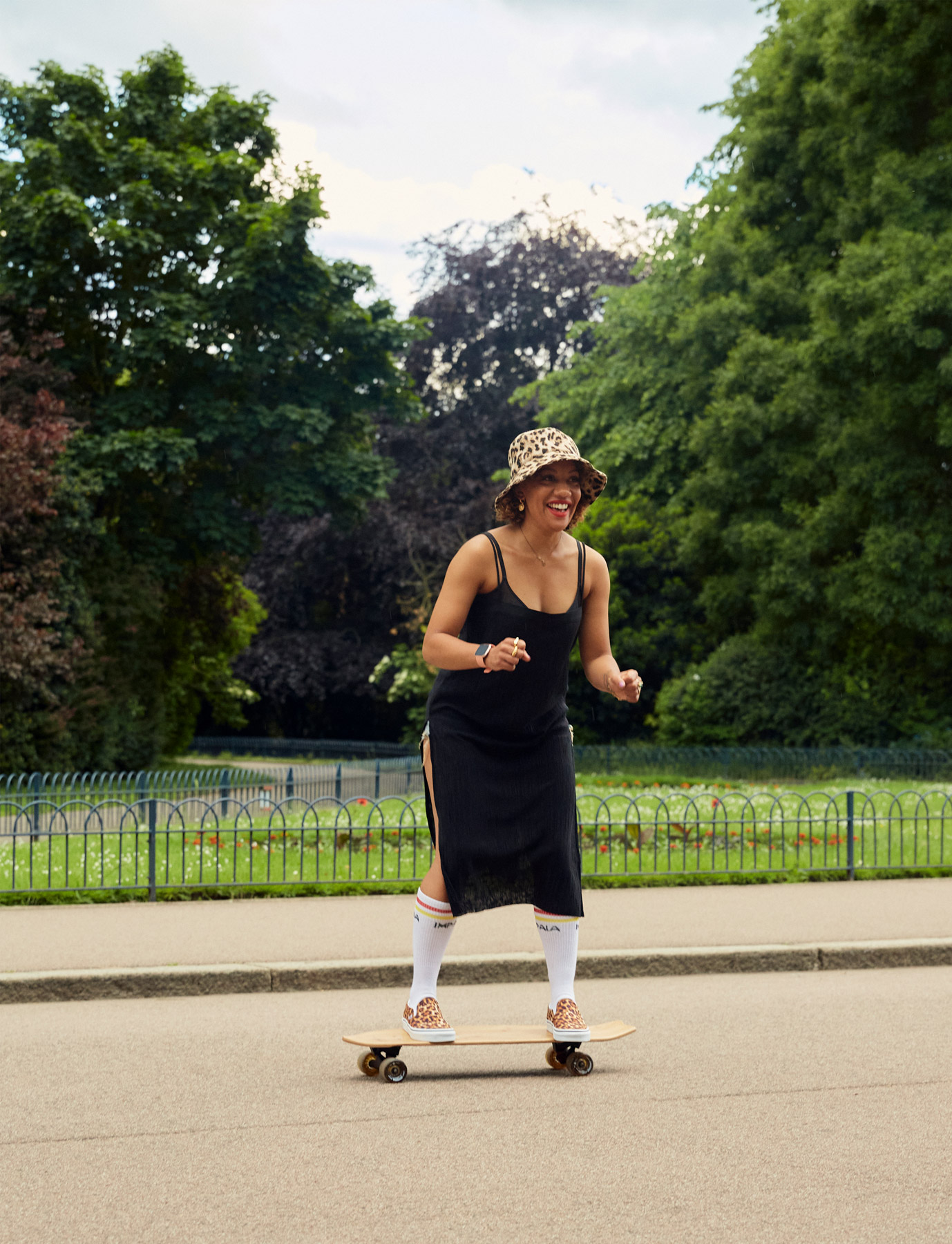
Lyndsay is an encouraging teacher. We start my lesson on the grass, where she shows me my brand-new Arbor Bamboo Sizzler skateboard, gifted by Surfdome, which is made from completely sustainable wood, with grip tape made from recycled glass grit, and designed for cruising, unlike the regular popsicle shape commonly associated with skateboarding. During my lesson, we go over the three-step process, the introductory lesson for getting on and off the skateboard safely. First I have to determine whether I am a goofy or regular skater (the former is when you’re right foot forward and the latter when you’re left foot forward).
Since I’ve snowboarded before, I thought it would be easy, but it’s more challenging than I thought because there is a lot of core work at play. In order to remain balanced on the board, you have to bend your knees at a right angle so they are parallel with your hips, like a squat, and lean forward with your leading foot to gain momentum and change direction. After I nail my balance on the grass (which is stable and allows you to learn the technique without rolling away), we move onto the path, where Lyndsay takes me through the three-step technique as well as how to push off for momentum.
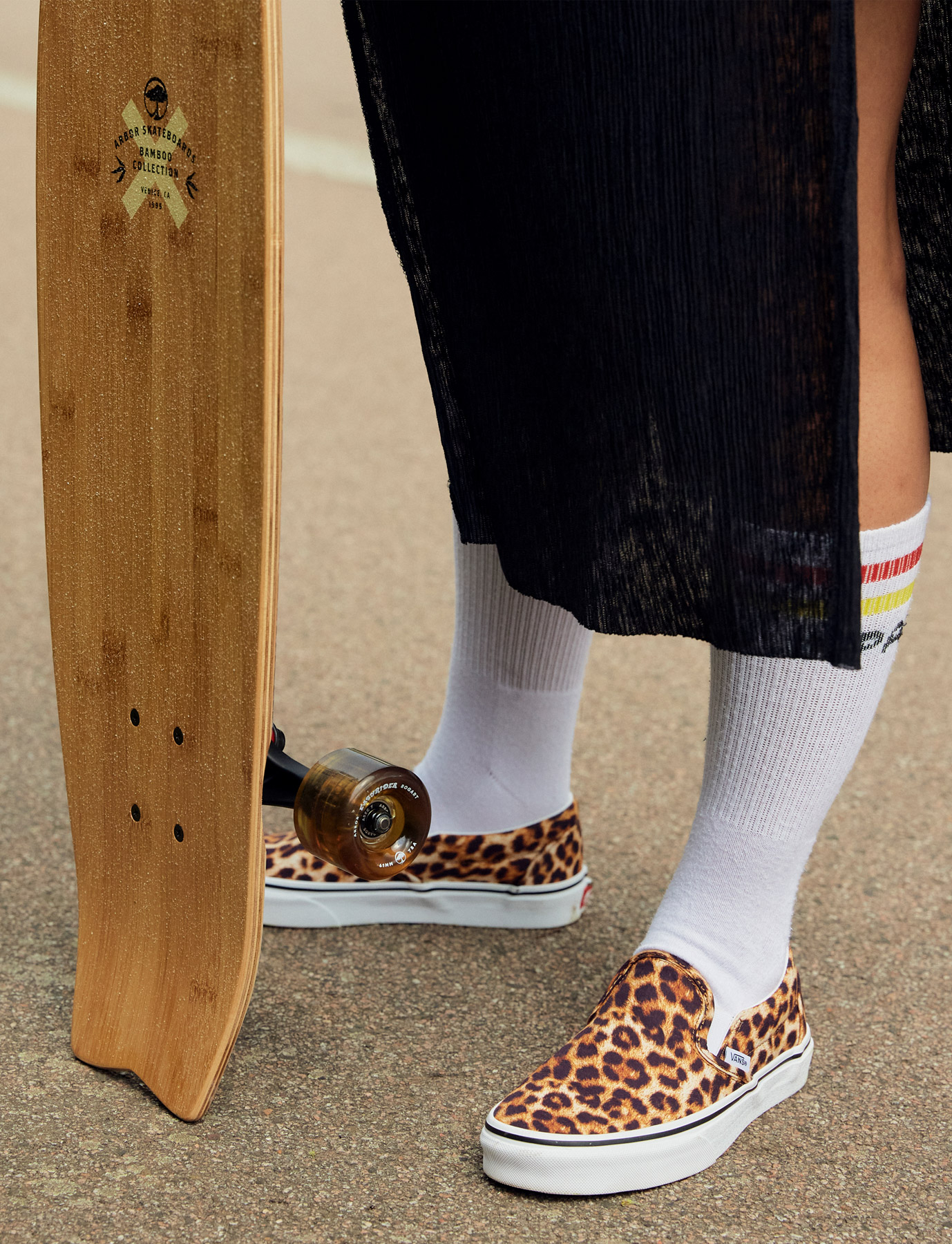
“When I’m teaching, I break it down step by step, ensuring that nothing is overlooked when it comes to the basics,” Lyndsay says. “I try to make it as easy as possible and encourage all my beginners to imagine they are moving in slow motion when they first learn to get on the board and learn to push.” “There is a real sense of urgency when it comes to carrying out these steps for the first time – people rush it without connecting to their core and truly finding their balance and experiencing weight shift,” she continues. Of course, like most eager students, I want to glide down the path just like Lyndsay. But that leaves you open to mistakes and, er, falls, as I discover when I fly off my board and onto the ground, hitting my knee on the concrete in the process. “I wiped out!” I shout, as Lyndsay runs to my aid. “That’s your first fall. That’s always the hardest part,” she laughs. “Now the worst part is over.” And she’s right. The fall is a reminder that falls aren’t scary, but to take my time. “When you slow everything down, it becomes a lot easier and beginners feel safer,” Lyndsay adds.
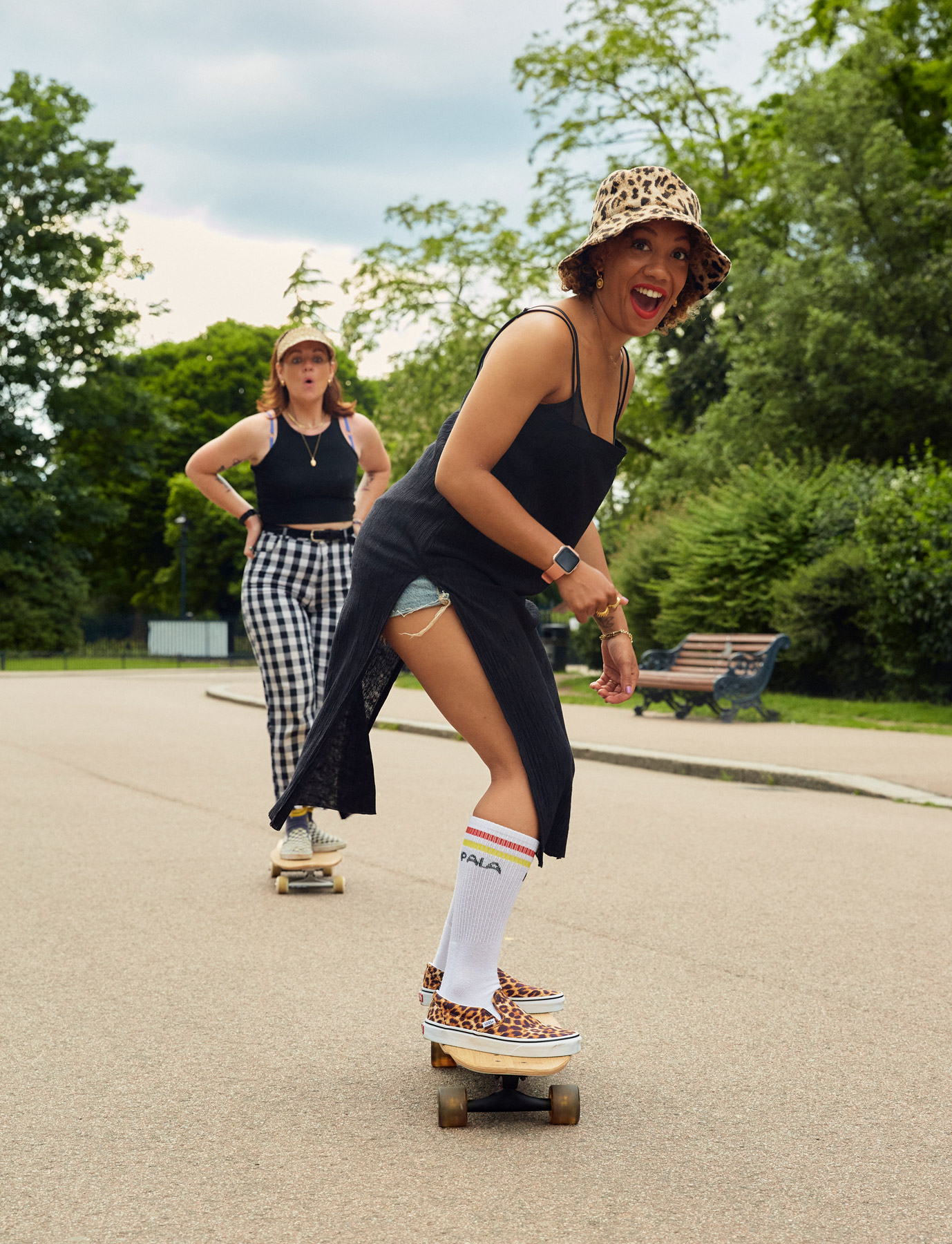
It’s true. Soon after practising the step-by-step technique of getting on and off the board, pushing off and practising turning by using my body weight, I find that skateboarding becomes easier. And it makes me feel alive. It also has incredible health benefits. After my lesson, my inner thighs, buttocks and abdominal muscles are screaming, but it doesn’t matter, because I feel like a badass.
“Skateboarding makes me feel free,” says Lyndsay. “I feel confident, powerful and at peace with whatever is going on in my life. It allows me to work through any worries, concerns or stresses and just focus on myself, my breathing and how my body is moving. I love the challenge that comes with learning something new and the journey you go on physically and mentally until you finally master what you’ve been working on. I love the friends I have made all over the world thanks to skateboarding, and the joy that comes with skating somewhere new.”
Lyndsay now dedicates her weekends to offering 60- to 90-minute lessons (priced from £35 to £50) and mentorship to people of all ages in the park. “Skateboarding should be accessible to everyone, and should be a safe and welcoming space – no ego or comparison,” she says. “Neighbourhood Skate Club will also be offering free group skates to bring everyone together, helping them to leave their insecurities behind and be fearless. I am focused on grass-roots efforts and a community giving back to the community.” Lyndsay’s clientele ranges from children aged seven to adults aged 42.
Her goal? “I want to see more women on skateboards, longboards, cruisers – whatever makes them happy,” she says. “I’d like more spotlight on women in skateboarding across skate media and mainstream media, as well as more women employed in the industry; more women overall across all aspects of the sport. Skateboarding is for everyone.”
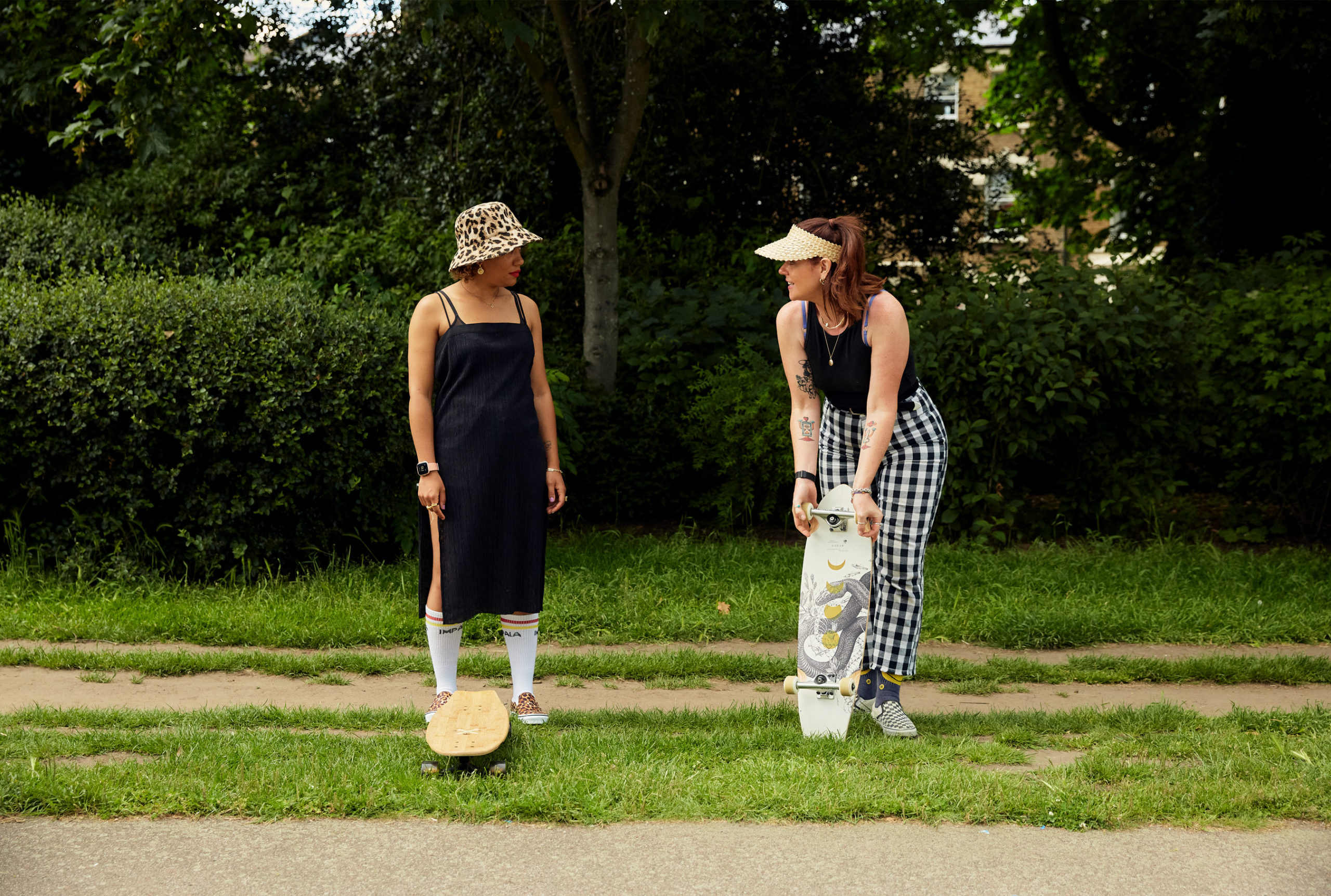
Find out more @neighbourhoodskateclub
Editorial Design Root
